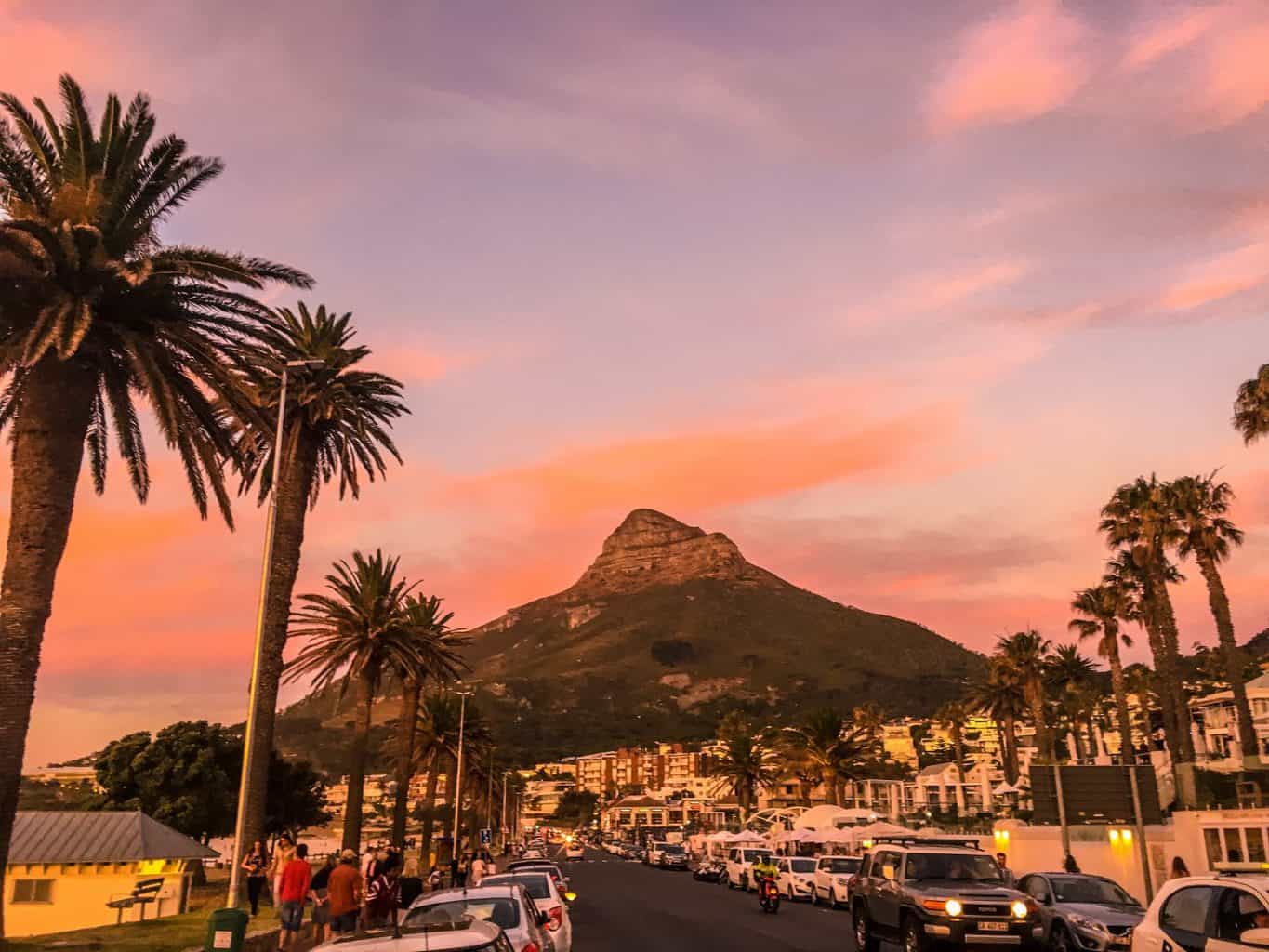"The Top Beaches to Visit in and Around Cape Town, South Africa" Fundamentals Explained

Bo-Kaap, likewise recognized as the Malay Quarter, is a dynamic and colorful neighborhood located in Cape Town, South Africa. This famous region is complete of wealthy lifestyle and record that has created it a substantial component of the area's heritage.
The origins of Bo-Kaap can easily be outlined back to the 17th century when Dutch settlers come in in Cape Town and took along with them slaves from Southeast Asia, including Malaysia and Indonesia. These slaves were mostly Muslim and became recognized as the Cape Malay neighborhood. They were forced to live in this area through their Dutch masters because they were looked at unwanted due to their faith.
Today, Bo-Kaap is a diverse area that commemorates its past history and culture with its special design, dishes, foreign language, and heritages. The brilliantly colored houses that line the streets are a popular spots of Bo-Kaap's background. These properties were initially painted white colored but were later coated in brilliant different colors through the locals to celebrate Eid.
One of the most substantial social activities celebrated in Bo-Kaap is Ramadan. Throughout this month-long period of fasting for Muslims worldwide, Bo-Kaap comes alive with standard meals stalls selling samosas, koeksisters (sweet pastry), and various other delicacies.

An additional crucial part of Bo-Kaap's society is its language. Afrikaans is talked generally throughout South Africa but Cape Malay people have established their very own vocabulary called "Cape Afrikaans". This language includes words coming from numerous foreign languages such as Dutch, English, Malay/Indonesian foreign languages such as Bahasa Melayu or Bahasa Indonesia.
Bo-Kaap also has actually numerous museums devoted to maintaining its past and lifestyle. The District Six Museum showcases the effects of racism on communities like Bo-Kaap where several individuals were by force gotten rid of coming from their residences throughout apartheid-era "city revitalization" courses or Group Areas Act which was made use of by South African federal government between 1950s-1980s to divide individuals by race. The Bo-Kaap Museum displays the past history of the place and its locals, consisting of their heritages, personalizeds, and ideas.
In addition to its cultural attractions, Bo-Kaap is also home to many cathedrals. The Auwal Mosque is the earliest cathedral in South Africa and was created in 1794 by freed slaves who had transformed to Islam. This Is Cool served as a area of worship for the Cape Malay community during the course of apartheid when they were not enabled to worship at various other mosques.
Bo-Kaap is a melting container of cultures and faiths that have come together over centuries of past history. Its dynamic streets are filled with the audio of typical music and the scent of tasty meals. A browse through to Bo-Kaap is an chance to submerse oneself in a special culture that has a amazing background.
In conclusion, Bo-Kaap is an essential component of Cape Town's past and culture that need to not be overlooked through website visitors. Its vibrant streets, delectable meals, unique language, abundant heritages and personalizeds all produce it a exciting location for anyone intrigued in learning about South Africa's diverse culture.
